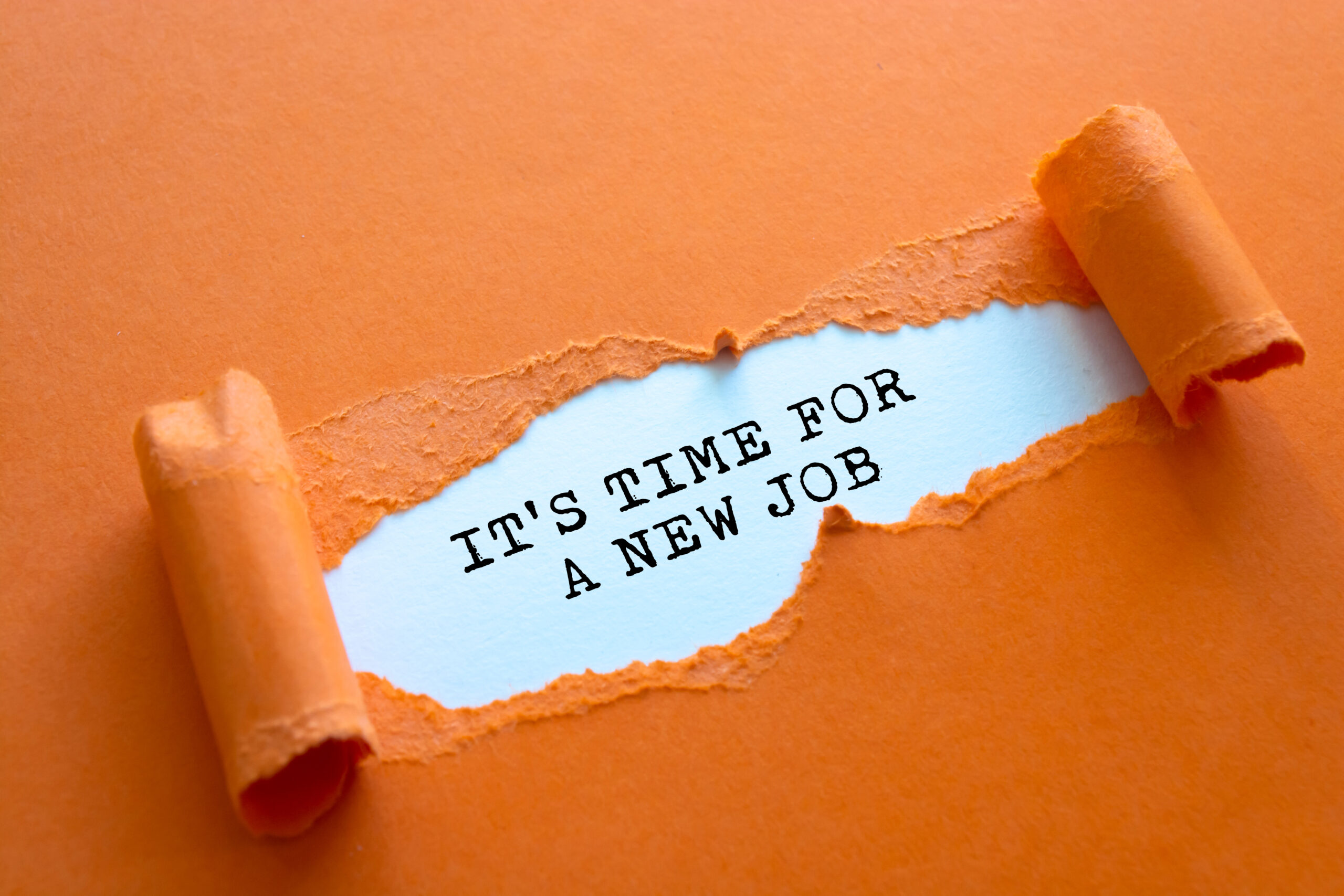Robin Hoyle takes a pragmatic look at the impact of Brexit on commercial skills.
Reading time: 4 minutes.
Brexit. The groan inducing word on everyone’s lips. Yet, it’s time we addressed the elephant in the room. Whilst you may well be experiencing high levels of apathy around the Brexit topic, if you’re involved in developing commercial teams in your organisation, it can be ignored no longer.
So what does Brexit actually mean for commercial skills development?
The fact that this question is being asked – and that many struggle to answer it – is the real conundrum training specialists are facing. Despite the looming date of 29 March, we will still not know the shape of the UK’s relationship with the EU by the time we open our Easter eggs post-Brexit.
If the prospect of all that chocolate doesn’t make you sick, the fact that we may well be three weeks into a brand new post-EU world by then certainly causes most of us a degree of queasiness. Now, this is not about whether you support no Brexit, no deal, a second referendum or an extended transition having sorted out the withdrawal agreement.
Those organisations whose sales teams can help their clients identify requirements which are pressing – regardless of parliamentary votes – will be worth their weight in Euros.
This is about the uncertainty and potential challenges that will impact every commercial relationship. Whether exchange rates change wildly, supply chains become blocked or share prices soar or fall of a cliff, we are in for a set of changes – the implications of which many organisations cannot predict.
Regardless of outcomes and impact, here are five things L&D teams need to be doing if they are to adequately prepare their commercial teams – sales managers, salespeople, customer care staff and negotiators – to work in this unknown and uncertain future.
It’s all about value
This seems self-evident, but if there are doubts about investments being made either side of Brexit, then business to business spending is reduced. Those organisations whose sales teams can help their clients identify requirements which are pressing – regardless of parliamentary votes – will be worth their weight in Euros.
Value = Benefit minus cost. In other words, the value you and your organisation’s services and products deliver to your customers is dependent on two factors – what your customers pay for your solutions and the benefit they derive. There really are only four things organisations are concerned about:
- Quality
- Quantity
- Cost
- Time
In other words, what you do should help your clients to do things better; to do more things (for the same inputs); reduce costs or speed things up. The sweet spot is a combination of all four. I often argue that all business to business spend should be zero cost over the medium term.
This creates blank looks, but if you think about it it’s a statement of the blindingly obvious. Businesses don’t simply buy things, they invest in plant, materials, equipment, skills, services and people. They expect a return on that investment.
In an uncertain environment, costs may change, benefits may take longer to realise. Your customers will need more persuading that – whatever happens – the investment you want them to make will be worth it.
Your sellers need to have that commercial focus – whether derived from top-class industry knowledge, sound business acumen, a depth of financial understanding (which is often sketchy), or – most importantly – a thorough understanding of their customer’s business.
If your salespeople can’t describe persuasively how their customers achieve a ROI regardless of what Brexit may bring, then you need to plug those gaps in their knowledge.
The shape of your pipeline may change
Most commercial organisations understand their conversion ratio. If you have, say, 100 enquiries, you may expect 30 to go on to a detailed discovery process and maybe 10 will actually buy in the next three – six months.
As a commercial skills developer, you need to get close to that data. Are your current conversion ratios the same as they were six or 12 months ago? If they have changed, are your sales teams aware of this? What activities do sellers and their managers need to be involved in today to have a healthy sales funnel in three, six and 12 months time?
Are your marketing team on board with this?
This may not be universally the case, but whenever there is uncertainty, sales cycles tend to lengthen and – as well as taking more time to move from enquiry to purchase – more potential customers drop out between contact and contract.
This changes what sellers need to do and what good looks like. Our job as L&D people is to help managers define what good looks like and provide appropriate guidance. L&D is about people doing things differently and doing different things. Managing their sales pipeline is one of the things people may need to do differently.
This piece will be concluded next week.
About the author
Robin Hoyle is head of learning and development at Huthwaite International.



